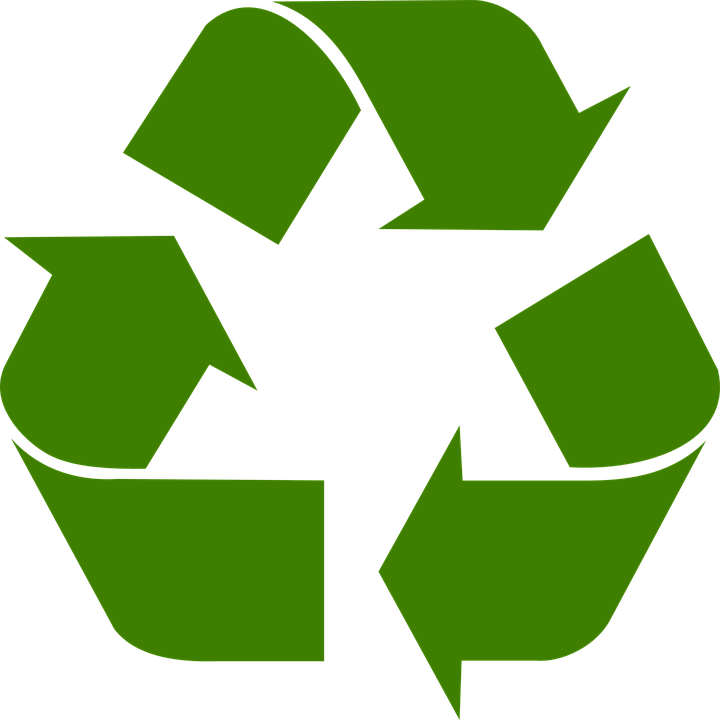Signs and symbols: what do they mean?
by Annis Mapleston at 15:08 in Packaging, Environmental
Packaging, particularly plastic packaging, is often marked with a number of labels which the consumers may believe are linked to whether or not they can be recycled. Some are mandatory, others are optional, and some countries are changing the law around recycling labelling (see our earlier blog post on some of these changes). But do you know what some of the more common ones actually mean?


Commonly recognised as 'the recycling symbol', the Mobius Loop simply means that an object could be recycled. It doesn't indicate that the item will actually be accepted by local recycling facilities, or that it has been recycled (although you might sometimes see it with a percentage in the middle, which could mean that it contains recycled material).

Chasing arrows with a number between 1 and 7 are actually Resin Identifier Codes. Obligatory in many countries, these symbols identify what type of plastic is used to make the object. They do not, on their own, show whether the object can be recycled. However, as some plastics are more widely recycled than others, they can still be helpful.
 Like the Mobius Loop, the Green Dot doesn't mean that an object is recyclable or has been recycled. Only manufacturers who have made a financial contribution toward packaging waste management and the associated costs can use this label on their packaging. Primarily used in Europe, it is only available under license from named producer responsibility organisations (for use in Europe), Green Dot North America or PRO Europe (for use outside Europe and North America). Its use is voluntary in most European countries, but there are a couple where it is mandatory for all packaging.
Like the Mobius Loop, the Green Dot doesn't mean that an object is recyclable or has been recycled. Only manufacturers who have made a financial contribution toward packaging waste management and the associated costs can use this label on their packaging. Primarily used in Europe, it is only available under license from named producer responsibility organisations (for use in Europe), Green Dot North America or PRO Europe (for use outside Europe and North America). Its use is voluntary in most European countries, but there are a couple where it is mandatory for all packaging.
Actual recycling labelling requirements vary from country to country: for example, recent French legislation requires all packaging elements to have appropriate recycling labelling (and has restrictions on what environmental claims can be made), while the UK currently has a completely voluntary system. Care should be taken before putting any recycling labelling on products which will be sold in multiple markets: there are significant differences between what can be recycled in different countries, so something which is easily recycled in one country may be incinerated in another due to lack of processing facilities.
For more information about global labelling requirements, please contact us to talk to one of our consultants.
 Click here to receive regular updates on blog posts, webinars, and regulatory changes directly to your inbox
Click here to receive regular updates on blog posts, webinars, and regulatory changes directly to your inbox

